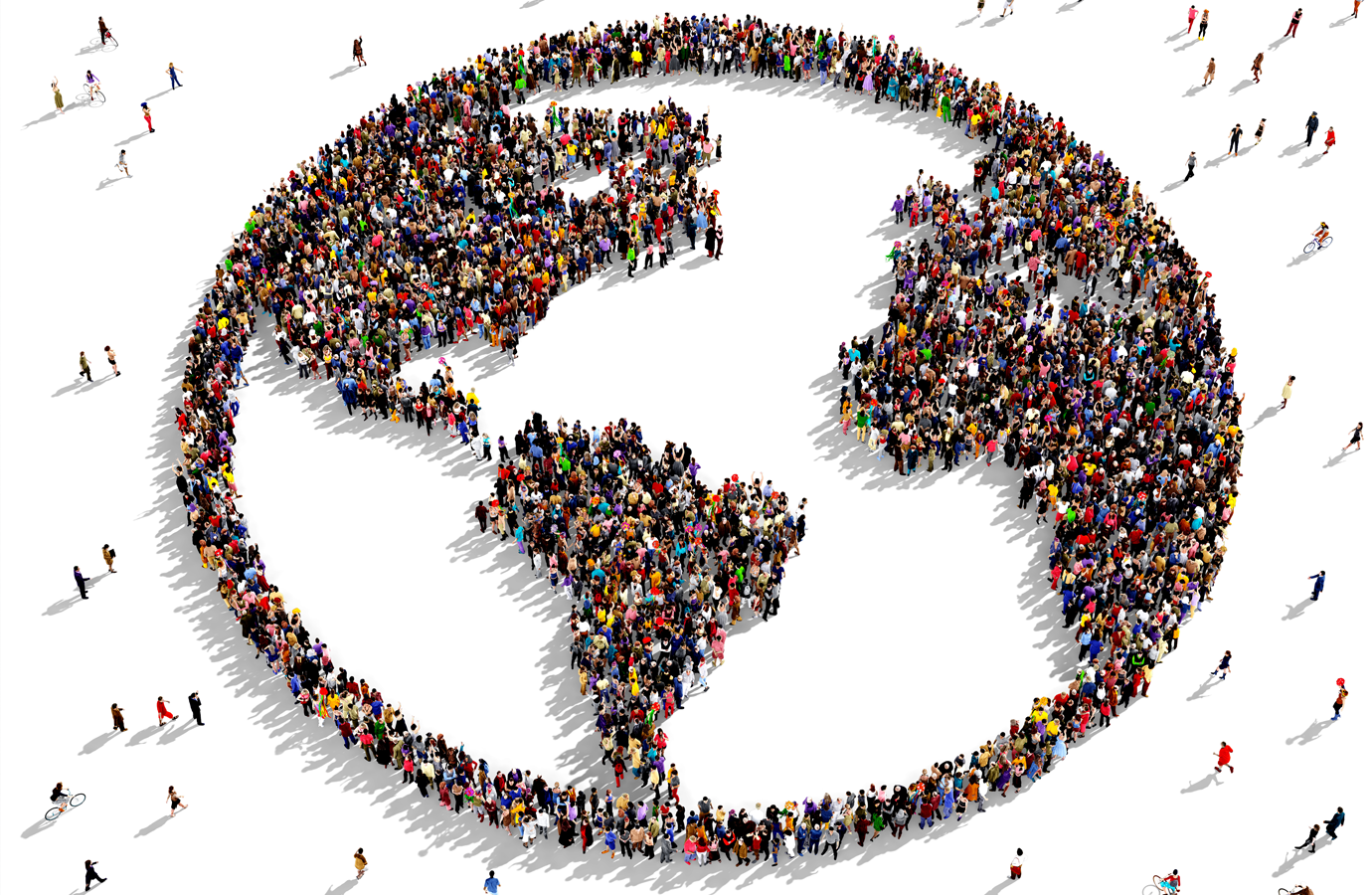Based on current trends, humanity will require twice as many resources than our planet can support by the mid-2030s. While waste is gathering on land, in the air, and water, there is considerable impact on the world’s ecosystems and resources. The problem isn’t as simple as consuming too much, rather the rate of consumption is systematically increasing each year.
Canada possesses one of the richest environmental resource pools in the world, with 10% of the world’s forests and 20% of the world’s freshwater. Add to this that Canada is one of the highest water users per capita in the world, and represents about seven per cent of the world’s renewable freshwater, Canada has a key role in the protection and management of its resources. These facts (among others) have drawn the attention of many Canadians, and subsequently politicians who wish to ensure that these resources will be available for generations to come.
In Canada, these trends have had an increasing impact on the way organizations and government plan for the future and conduct business.
A key concept utilized to address these concerns, is the concept of sustainable development which is defined as “adopting business strategies and activities that meet the needs of the enterprise and its stakeholders today while protecting, sustaining and enhancing the human and natural resources that will be needed in the future.” The vision is to simply produce more from less.
The execution of sustainable development is organized through a use of a Sustainability Plan that clearly expresses measurable goals. Sustainability Plans have clearly articulated targets for each of the identified goals and these targets are measurable with multilevel visions normally at 50-year, 25-year, 10-year, 5-year and 3-year intervals. These targets need to be time bound and reporting cycles should be the same so that messages are reinforced.
The best laid plans are only effective when a Sustainability Plan takes into account:
- Organizational Self-Awareness – any action (or inaction) by an organization can have significant impact on known and unknown Stakeholders, this is why it is critical to understand the local environment and the past, current and potential impact the organization has on it.
- Employee Engagement – clear and regular communications regarding the status of the plan and how employee actions are directly affecting outcomes keeps the goals and targets personal and top of mind
- Continual Improvement and Reassessment – if we knew what we know now 20, 30 or 40 years ago what would we have done differently? As we learn more we need to integrate it into the plan
Integrating sustainability principles into business core strategies is imperative so that organizations explicitly consider the environmental, economic, and social impacts of their activities both present and future. The commitment to sustainability is ongoing and needs to be linked to organizational structure, management reporting systems and be integrated into policy and decision making processes.
Incorporating a Sustainability Strategy into an organization’s governance is the wave of the future and any organization that wishes to be viewed as “best-in-class” will need to follow this model.

Optimus SBR Celebrates 6 Consecutive Wins as 2024 Best Workplaces™ in Professional Services
Our commitment to a people-first approach has been central to being recognized in 2024 for the sixth time as one of the Best Workplaces™ in Professional Services and the key to our overall success.

12 Best Practices to Increase Cross-Team Collaboration and Enhance Organizational Alignment
Enhancing cross-team collaboration drives innovation, optimizes resources, improves overall performance, and ensures every part of your organization works toward the same goals.

Enhancing Your Data Strategy for Success: The Power of Metadata
Metadata goes beyond just aiding in data retrieval. It ensures your data is secure, compliant and, most importantly, understood consistently by everyone in the organization.

Optimizing Language Translation Strategies: Beyond Compliance to Enhanced Operational Efficiency
The introduction of Quebec’s Bill 96 in Canada underscores the necessity for comprehensive translation strategies. Integrating machine translation technologies helps meet regulatory requirements while enhancing translation speed, cost efficiency, and operational effectiveness.

How to Manage Gen Z: 16 Strategies to Engage and Retain Young Talent
These practical strategies lead to a workplace that is better aligned with the values and expectations of Gen Z employees, ensuring that your efforts to attract and retain Gen Z talent are both successful and sustainable.

How to Measure the Success of Learning and Development: 12 Important Metrics to Evaluate
Quantifying the success of L&D training programs can be challenging. Learn about selecting and measuring the right metrics to determine whether your training efforts are truly making an impact.



